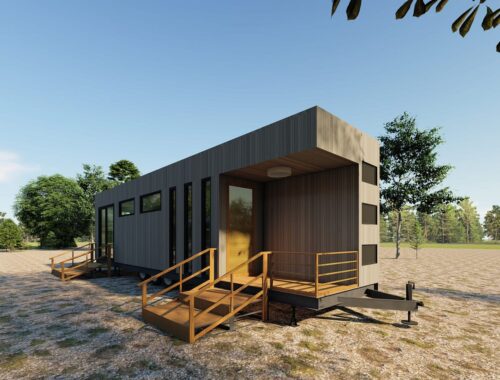Quadrantids 2020 Peak: 120 Meteors, Fireballs An Hour Possible
The year 2020 starts off with what could be an above-average display of Quadrantid meteors during the shower’s annual peak on the late evening and predawn morning of Jan. 3-4. Whether you’ll be able to see the fiery display depends not only on the weather forecast, but also on careful timing.
Unlike other shooting-star shows with multi-night peaks, the Quadrantids crescendo lasts only a few hours, from around 2 a.m. to 7 a.m. local time.
Despite the narrow viewing time, the Quadrantids are worth the effort it takes to get to a dark sky at precisely the right moment.
Not only are the Quadrantids famous for spitting out dazzling fireballs in an array of colors and brightness, this year could produce up to 120 shooting stars an hour during the peak viewing time, around 5 a.m. local time Saturday, Space.com reported. That’s about three times the rate of normal years.
The Quadrantids are also different from other meteor showers because they’re made up of larger hunks of cosmic rock, resulting in the shower’s spectacular streaks as they collide with Earth’s atmosphere.
The first-quarter moon sets just after midnight, making for dark skies that will make the Quadrantids peak all the more spectacular, according to EarthSky.org.
Related: 2020 Guide To Meteor Showers, Supermoons, Other Celestial Events
Click Here: liverpool mens jersey
You May Also Like

HOW TO PREVENT MOLD AND MILDEW ON TRUCK TARPAULINS?
November 22, 2024
ユニットハウスのメリットとデメリットを徹底解説
March 20, 2025